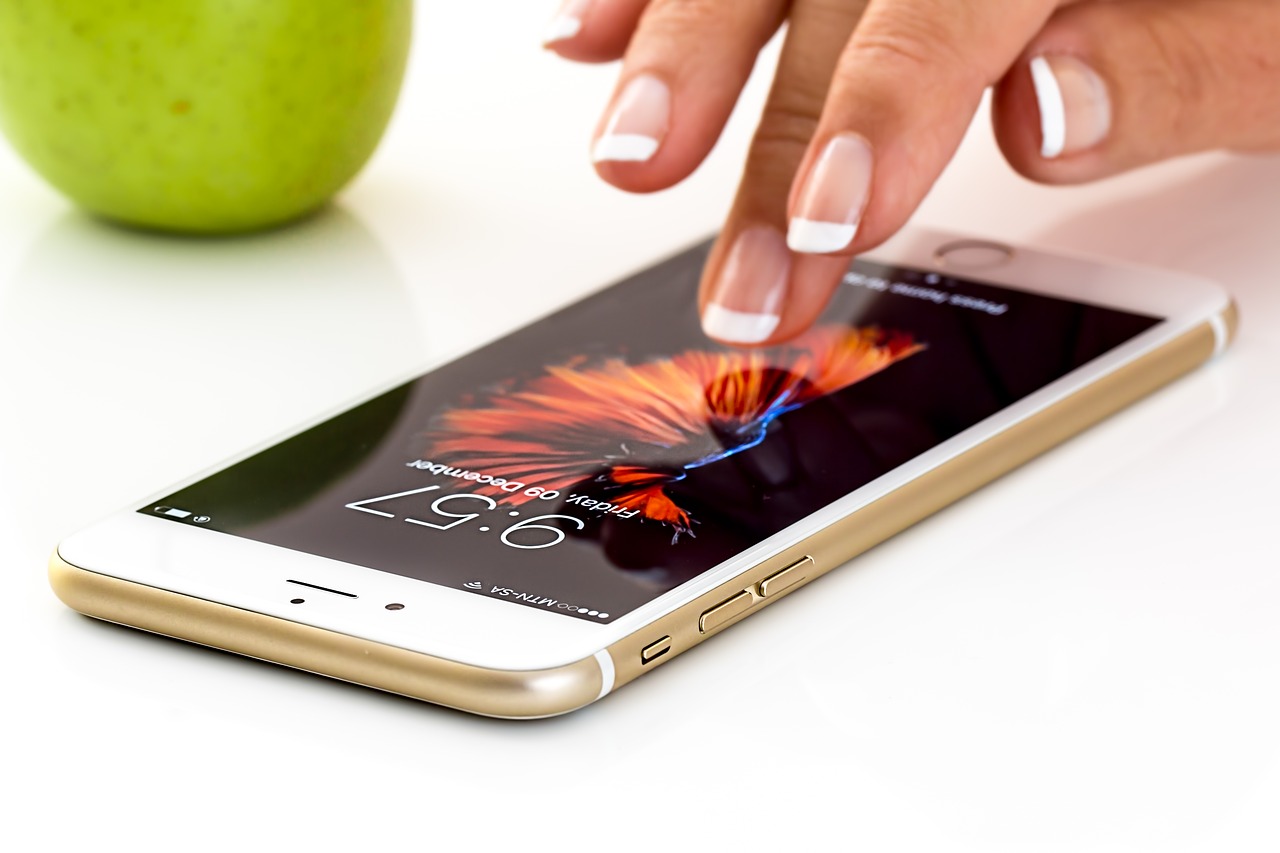Whenever fall starts, the expectation and anticipation of a new iPhone become intense. This year is no exception with new models hitting the shelves before Christmas. Our thoughts are firmly focused on the new 2018 iPhones, but let’s take a few moments to reflect on previous iPhone models and how they changed the world with their groundbreaking and innovative features. It’s impossible to understate the influence the iPhone has had on smartphones with its keypad touchscreen and advanced computer-like capabilities never seen until then. As Steve Jobs once stated, “Apple is going to reinvent the phone.”
It all started in 2007 when the first iPhone was launched to an unsuspecting public. Little were they to know back then that it would change mobile telephony forever. The original iPhone didn’t have any third-party apps, GPS or video recording capabilities. However, 3G support, top data speed capabilities and GPS were added with the second generation iPhone 3G. Although the original iPhone was very well received, it was with the 3G model that people really started to see its long-term potential and was a watershed moment in Apple’s history.
Next up in 2009, Apple introduced the iPhone 3GS and the tradition of adding an ‘S’ to iPhone models signifying minor upgrades. The iPhone 3GS introduced video recording capabilities for the first time, and the camera was also upgraded. The ‘S’ stood for speed, and that was reflected with improvements to the internal components, and Voice Control function, which wasn’t yet called Siri. With a sleeker and more modern look, it sported a massively increased pixel count with the same 3.5-inch display size. Additionally, it was the first iPhone to have a front-facing camera and a level of multitasking, making the model one of the most significant iPhones ever made.
Next year, in 2011, Apple went one step further with the iPhone 4S. The specs and features are mostly unchanged although the camera did get an upgrade to 8 megapixels. However, the most significant improvements were to the software. We are now up to iOS 5.0, and the arrival of Siri, the digital assistant, which plays a major role with all subsequent iPhone models.
The iPhone 5 was launched in 2012 keeping true to earlier patterns set by previous generations. Among the new features, the iPhone 5 added an extra row of icons and an extra-tall screen. A Lightning Connector was also introduced, and the phone had a lighter more streamlined aluminium casing. Ushering in a new era, the iPhone 5 showed improvements to the iOS, and we got a first glance at Apple Maps, which replaced Google Maps as the default map option.
The iPhone 5C first went on sale in 2013, and that same year, Apple released a second product, the iPhone iOS 7. The former was basically a rebadged iPhone 5; however, the brand new iOS 7 was also launched that year bringing genuine multitasking for app use and introducing the newly designed control centre with easier access to the phone’s settings. Apple’s flagship model that year was the iPhone 5S with Touch ID a new feature and a 64-bit A7 processor. The general overhaul had brighter icons and the iOS 7 had improved visuals.
The groundbreaking iPhone 6 hit the stores in Fall of 2014. With yet another design revamp, the iPhone 6 increased the display size to 4.7 inches. Moreover, additional pixels were added to improving the visual display. The camera got a significant upgrade giving better photos and videos than ever before. The iPhone 6 Plus was launched the same year as Apple belatedly followed the industry trend for bigger smartphone screens. Both the iPhone 6 as well as 6 Plus had larger screens measuring 5.5 inches from corner to corner.
It was the iPhone 6S and 6S Plus next in 2015, and being an ‘S’ year, few upgrades were introduced to the handset, largely keeping an identical design and chassis.
2016 saw the introduction of the iPhone SE. With an unexpectedly smaller screen and lower price tag, it represented genuine value for money. Despite its lack of new features, the iPhone SE did include up to date inner workings.
The iPhone 7 was up next that same year, and it proved to be the best smartphone released in 2016, competing favourably with lower priced Android models, even rivalling the Galaxy S7. A premium price tag didn’t prevent the iPhone 7 from selling in its millions. With a host of internal improvements and a sleeker and more streamlined look, the iPhone 7 not only looked good, but it also worked exceptionally well with amazing capabilities.
Finally, in 2017 Apple launched the much improved iPhone X with a larger screen and several improvements and upgrades. The model has a rather high price tag, but that didn’t put off many people seeing as it sold exceptionally well, and continues to do so up until today. The iPhone X was a genuine challenger for best phone of the year, in close competition with the Galaxy Note 8. The iPhone 8, with its smaller screen and lower price tag, satisfied another type of buyer, and that year Apple came up with two genuine winners.
The marriage of innovative software solutions and state of the art hardware have ensured Apple iPhones remain on top of their game. Expect the unexpected with the new iPhone releases this year. Face ID is one of the impressive new features to watch out for. Get ready for more innovative and game-changing phones from Apple. They will undoubtedly break new ground and tread here no phone has ever gone before!

